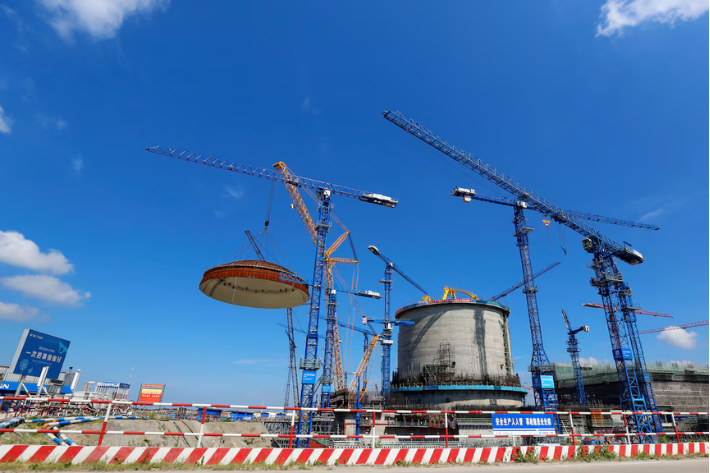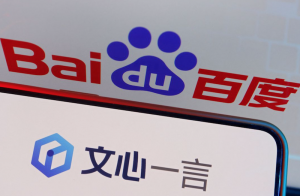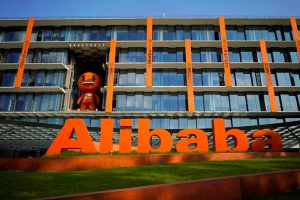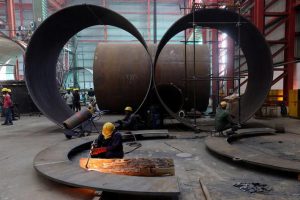China is as many as 15 years ahead of the United States in the development of high-tech nuclear power owing to its policies that provide and state backing and funding for the technology, a new report says.
China has 27 nuclear reactors under construction with average construction timelines of about seven years, far faster than other countries, said the study by Information Technology & Innovation Foundation, a Washington-based nonpartisan research institute.
“China’s rapid deployment of ever-more modern nuclear power plants over time produces significant scale economies and learning-by-doing effects, and this suggests that Chinese enterprises will gain an advantage at incremental innovation in this sector going forward,” the report said.
Also on AF: Brazil Set to Challenge China’s Stranglehold on Rare Earths
Backers of high-tech nuclear reactors say they are safer and more efficient than current plants. Critics say some new reactors introduce proliferation and material risks.
Last week, the United Nations’ atomic energy chief said “it will be almost impossible” for the world to decarbonise by 2050 without nuclear energy.
Rafael Mariano Grossi, director-general of the International Atomic Energy Agency, noted there had been a significant slowdown in the adoption of the technology due to incidents over the past three decades, such as the Chernobyl disaster and Fukushima accident in Japan.
Those events led to push back and “misinformation” against nuclear power, Grossi noted, adding that there was also a lack of international financing for nuclear power due to policies “hostile to the technology.”
State funding
The US has the world’s largest fleet of nuclear power plants and President Joe Biden’s administration considers the virtually emissions-free electricity source to be critical in curbing climate change.
But after two large plants in Georgia came online in 2023 and 2024 billions of dollars over budget and delayed by years, no US nuclear reactors are being built. A high-tech plant that had been planned to be built at a US lab was cancelled last year.
Meanwhile, China’s state-owned banks can offer loans as low as 1.4%, far lower than available in Western economies. Its nuclear power industry has benefited from sustained state support and localisation strategies that has allowed China to dominate sectors like renewable power and EVs.
Last year, state-backed newspaper Xinhua reported China was planning to greenlight six to eight new nuclear power units a year within the foreseeable future.
The world’s first so-called fourth-generation high-temperature gas-cooled reactor at Shidao Bay came online last December. The China Nuclear Energy Association claims that the project involved the development of more than 2,200 sets of “world-first equipment” with a total localisation rate of domestically produced materials of 93.4%.
Nuclear glut
But it has not all been smooth sailing for China.
The China Nuclear Energy Association has warned that there was a severe glut in nuclear component production, and “excessive competition” was driving down prices and causing losses.
That scenario is similar to the one playing out in China’s solar energy industry, where billions of dollars worth of state subsidies and incentives have created a glut of solar power.
Prices of solar and cells and modules have been on the plunge since last year and industry players are now calling on Beijing to stop ‘over-funding’ the sector.
- Reuters, with additional inputs from Vishakha Saxena
Also read:
Russia, China Plan to Build Lunar Nuclear Power Plant by 2035
China Ramping up Its Nuclear Power Capacity – Xinhua
AI Revolution Firing Nuclear Power Push – NBC News
Nuclear Fusion Breakthrough Thanks to ‘Tungsten Wall’ – Quartz
AI Model Boosts Scientists’ Nuclear Fusion Energy Dream – IS
China, Russia Dominate Nuclear Reactor Construction, IEA Says
Japan Turns Back to Nuclear Power in Historic Shift – AP
























